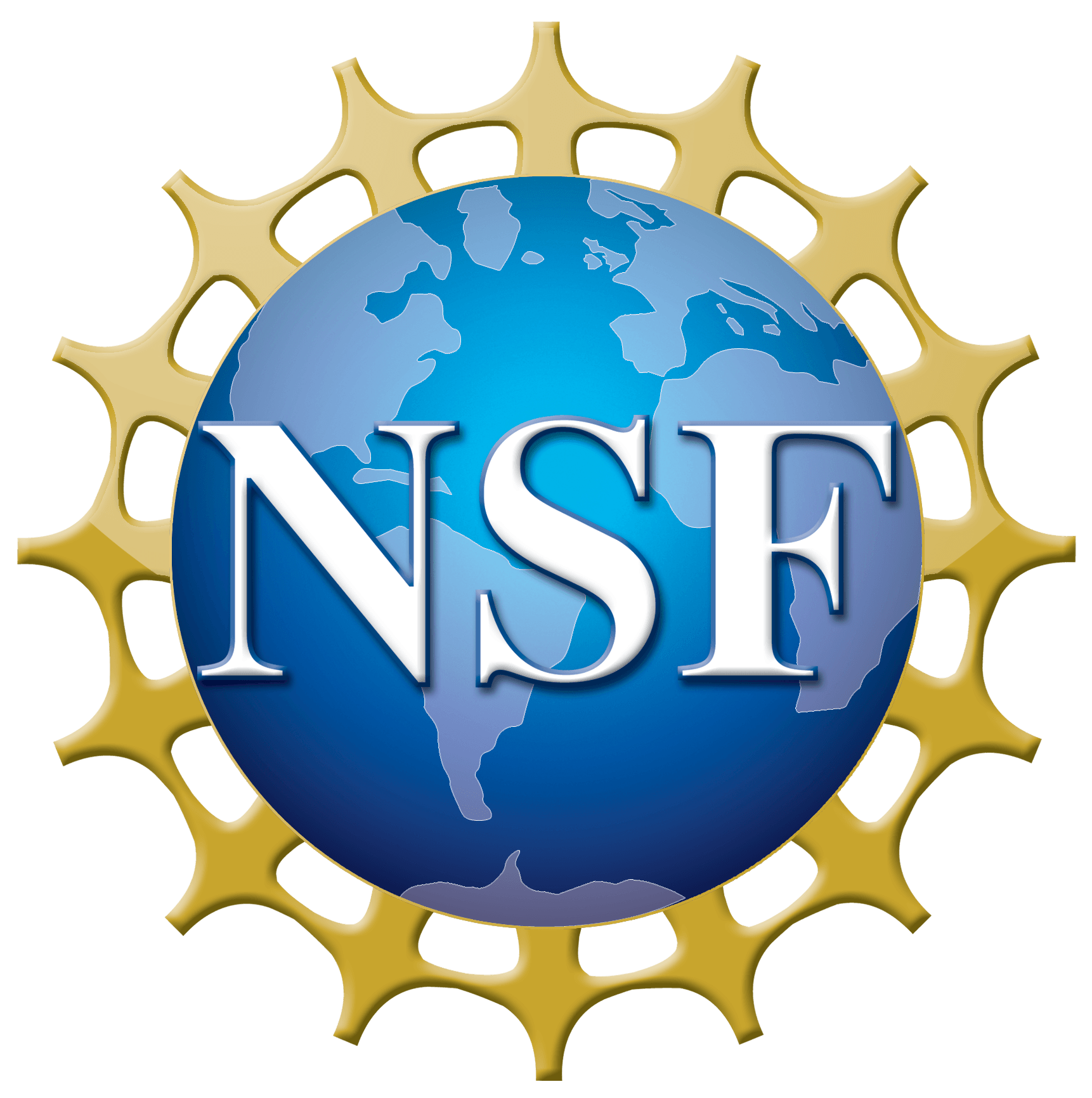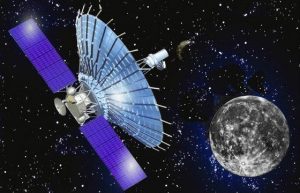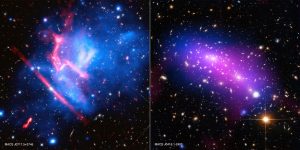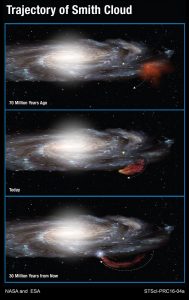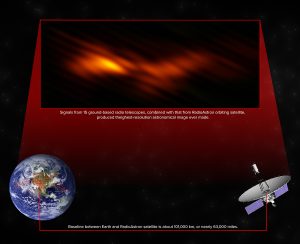Astronomers using an orbiting radio telescope in conjunction with four ground-based radio telescopes have achieved the highest resolution, or ability to discern fine detail, of any astronomical observation ever made.
Image Release: Powerful Telescopes Combine to Push Frontier on Galaxy Clusters
Astronomers have used some of the world’s most powerful telescopes to learn new details about collisions between massive clusters of galaxies.
Fingerprint of Milky Way Found Far from Home in Galactic Neighbor
High velocity ‘Smith Cloud’ contains chemical fingerprint of the Milky Way.
Image Release: Space-Earth System Produces Highest-Resolution Astronomical Image
Using an orbiting radio-astronomy satellite combined with 15 ground-based radio telescopes, astronomers have made the highest-resolution, or most-detailed, astronomical image yet.
Extreme Turbulence Roiling ‘Most Luminous Galaxy’ in the Universe
Distant obscured quasar so chaotic that host galaxy is ripping itself apart.
VLA Reveals Spectacular “Halos” of Spiral Galaxies
A study of spiral galaxies seen edge-on has revealed that “halos” of cosmic rays and magnetic fields above and below the galaxies’ disks are much more common than previously thought.




